A Comparative Analysis of Local and Global Uses of Medicinal Plants for Malaria
Tom Robert
Department of Clinical Medicine and Dentistry, Kampala International University Uganda
Email: robert.tom@studwc.kiu.ac.ug
ABSTRACT
Malaria continues to be a significant public health challenge, particularly in Africa, where it remains a leading cause of morbidity and mortality. While modern pharmacological treatments exist, local communities across malaria-endemic regions have long relied on traditional medicinal plants for both treatment and prevention. This paper presents a comparative analysis of the local and global uses of medicinal plants in the treatment of malaria, highlighting their pharmacological potential, cultural significance, and scientific underpinnings. Drawing on ethnobotanical surveys, historical accounts, and modern pharmacognostic studies, the study identifies key species utilized across continents and assesses their efficacy, safety, and integration into modern healthcare systems. The findings underscore the urgent need to preserve indigenous knowledge systems while advocating for rigorous scientific validation and ethical inclusion of traditional remedies in global drug development. This analysis supports a more inclusive and sustainable approach to malaria control through integrative medicine and cross-cultural collaboration.
Keywords: Medicinal Plants, Malaria Treatment, Ethnobotany, Traditional Medicine, Plasmodium falciparum, Pharmacognosy, Global Health.
CITE AS: Tom Robert (2025). A Comparative Analysis of Local and Global Uses of Medicinal Plants for Malaria. IAA Journal of Biological Sciences 13(1):9-15. https://doi.org/10.59298/IAAJB/2025/131915
